Today we know The Rogers Cup tennis tournament as the annual summer event that greets Toronto every year with a smile on its face. Bright and muggy sunny days of jam packed stadiums, thousands of enamoured tennis fans’ eyes widening as they trace the ball back and forth across the court. The crowd hopping to their feet in boisterous cheers as Rafael Nadal slams the ball down on his opponent with a victorious throwing of his sweat drenched arms into the air. In fact, today it is acknowledged by the tennis world to be one of the best-run tournaments on the professional circuit. However, in the beginnings of professional tennis in Canada, the Rogers Cup was just starting to sprout its newborn head out of the dirt, not yet being the extravagant shindig that it is today.
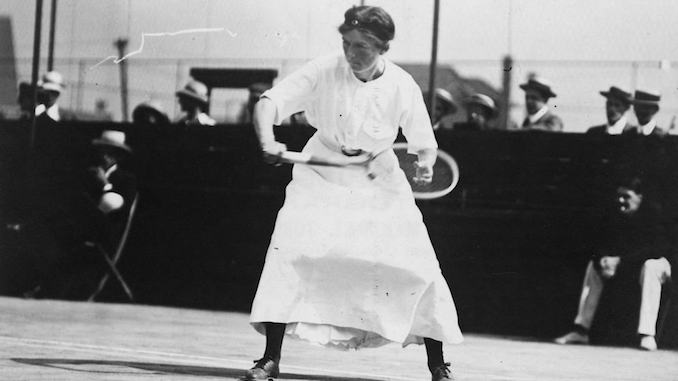
Originally named the Canadian National Championship, it was founded in 1881 and was the third oldest tennis tournament in the world (founded only after Wimbledon in 1877 and the US open in 1880). Initially, the tournament was only an amateur competition, aspiring to one day join the far away big leagues that had not yet resided in Canada. Promoted as “the first tournament in the Dominion”, it brought much anticipation to the tennis fans of Toronto.
On the very first day of its opening, the esteemed lieutenant governor of Ontario, Sir John Beverley Robinson, and his wife Mary proudly took their places in the centre of the lush green grass courts to commence the first match. The crowd jittery with excitement was awestruck as they witnessed the high-speed matches occurring within feet in front of them. The power yielding slices and the robust serves that seemed to send the ball hurling at lightning speed held their utmost attention in tandem with nothing else.
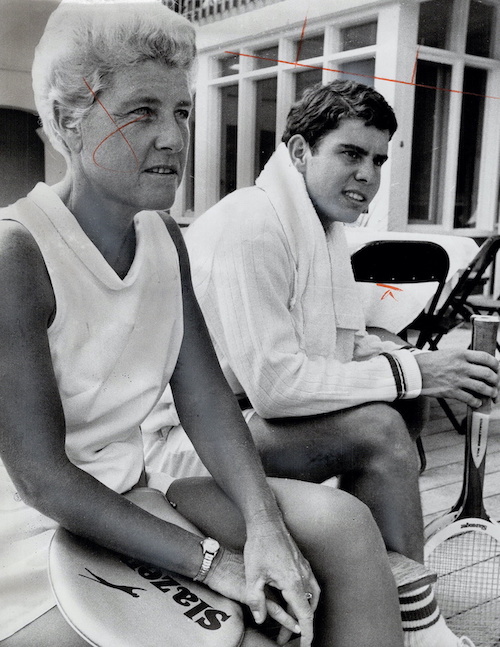
The 1881 winner of the first ever Canadian National Open was Isidore Frederick Hellmuth (CAN) who crushed his opponent W.H. Young (CAN) in a 2 set match with a score of 6-2, 6-2. After his dominating victory, the crowd burst out into animated congratulations with a civilized applause, as he was awarded the signature silver cup with a wide grin plastered across his face. One differentiation of the tournament in the 1880s to today, was its previous absence of prize money. While today the most recent winner was granted $2.8 million, with the previous award for a championship match well played being a simple silver token of congratulations and one’s own self satisfaction, it ensured that within the community of fans and players that the spirit and love for tennis was truly alive and well.
In its early days, the tournament was held at a much smaller stadium than the grandiose Aviva stadium that we have become accustomed to in the world of modern day sports, and thus was a far more sophisticated and intimate affair. While since its beginnings the tournament has cycled through a multitude of various locations and titles, during the first years the momentous events took place at the then quaint Toronto Lawn Tennis Club in the Rosedale neighbourhood. There, the bleachers were able to hold roughly 200-300 people, which dawns a stark contrast to today’s Aviva stadium which bears a capacity of nearly 12,000 spectators.
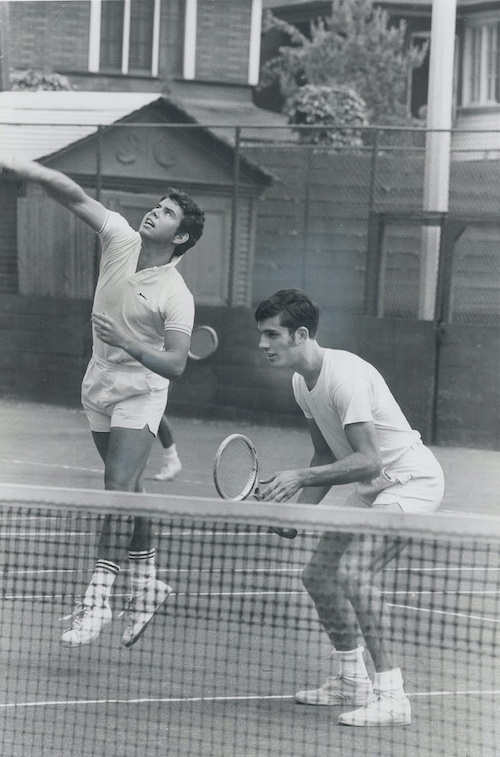
In addition, the clothing worn by the tennis players at the time shows a sharp divergence from that of modern day tennis players. In many of the first matches, the male and female players can be seen dressed modestly in full length trousers and polo shirts, and mid calf length dresses, respectively. Players of the late 1800s to mid 1900s can also be seen in the images carrying thicker, smaller framed racquets, that more closely resemble the badminton racquets of today.
Soon after its initial conception, the tournament became open to both men and women in 1883, and included a mixed doubles event in 1882, thus taking a step in the right direction of becoming the expansive and widely known tournament that it is today. Between 1899 to 1924, 2 Canadians ruled the women’s singles tournament. A powerhouse named Violet Summerhayes of Toronto won 6 times within just 7 years between 1899 and 1905, while her successor, Lois Moyes Bickle of Vancouver, picked up the baton going on to win the ladies singles 10 times between 1906 and 1924.
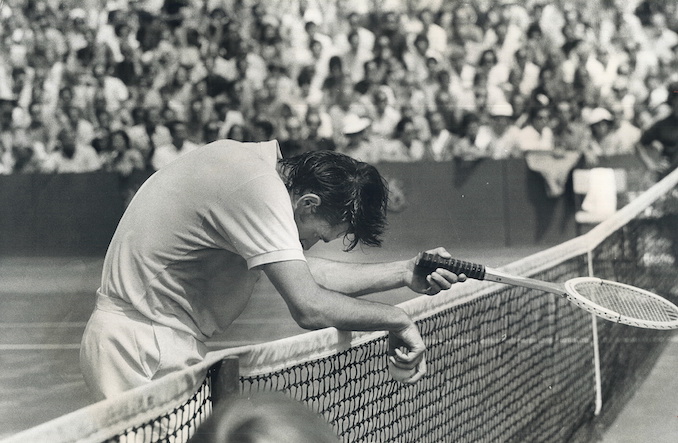
Days spent at the tournament were about much more than a breadth of obligatory corporate affiliations and a simple need to escape the summer boredom that seems to plague those of today, but rather they were centred around a communal love for the sport of tennis. The circular perimeter that enclosed the club acted as a barrier into a separate realm. One that wasn’t filled with the pressures of everyday life, but rather was characterized as an entrance into a day of excitement where the best tennis players in the area would appear right before your eyes. Children, men and women of all ages would gather to witness the gloriously clean strokes and the intense dedication of the payers to the game.
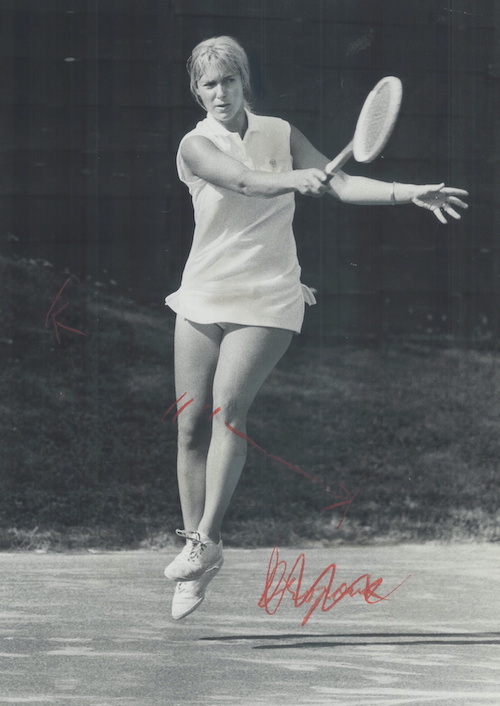
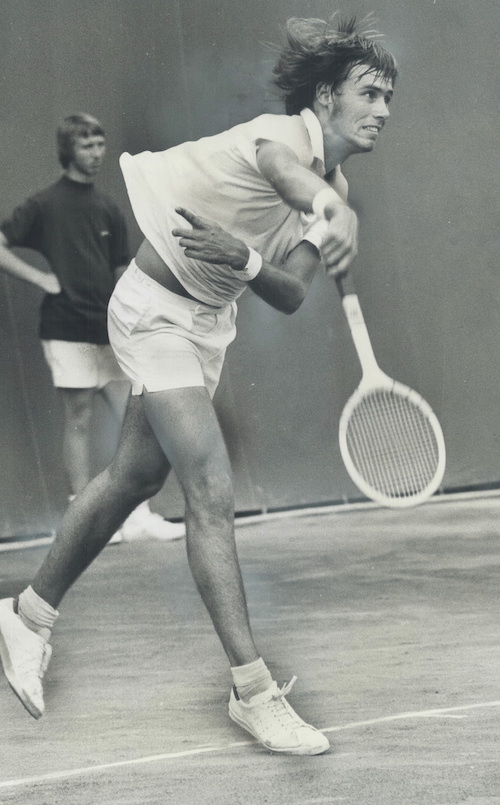
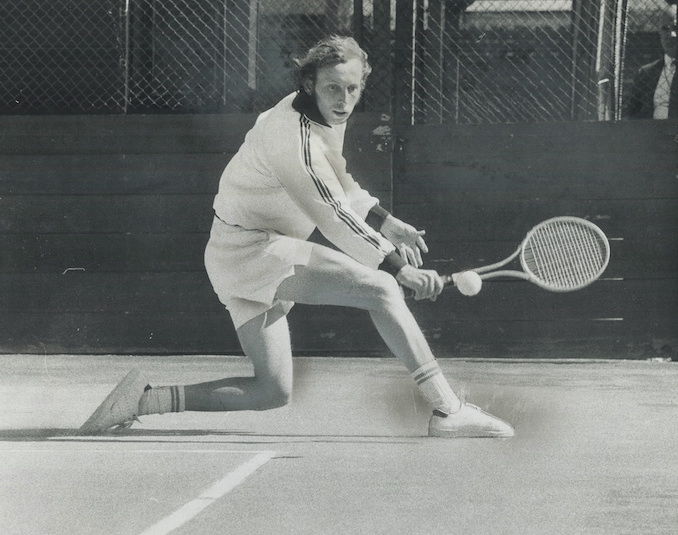
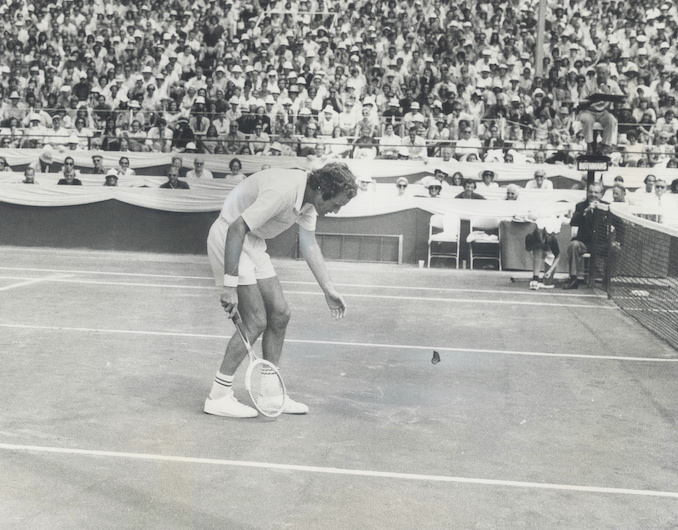
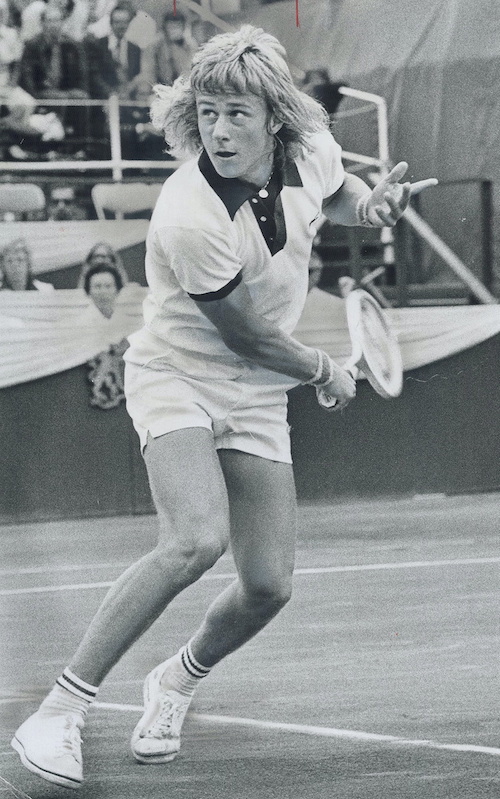
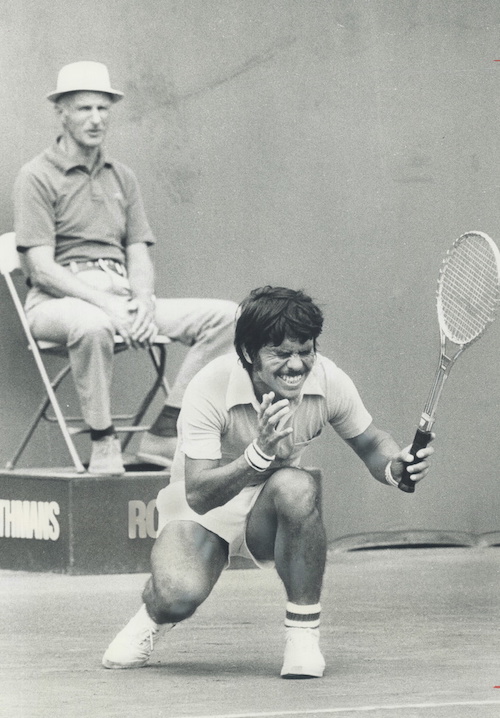
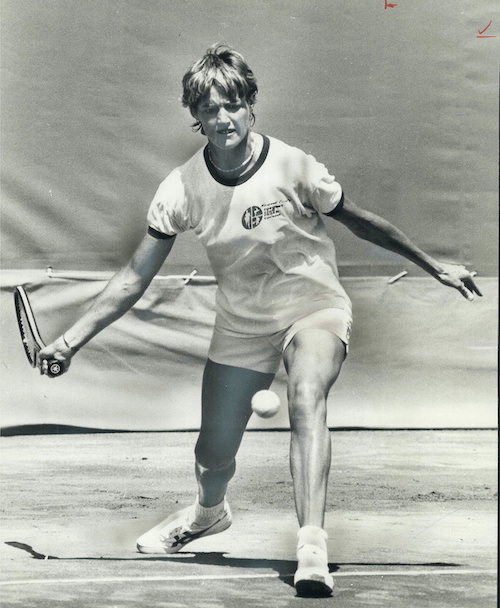
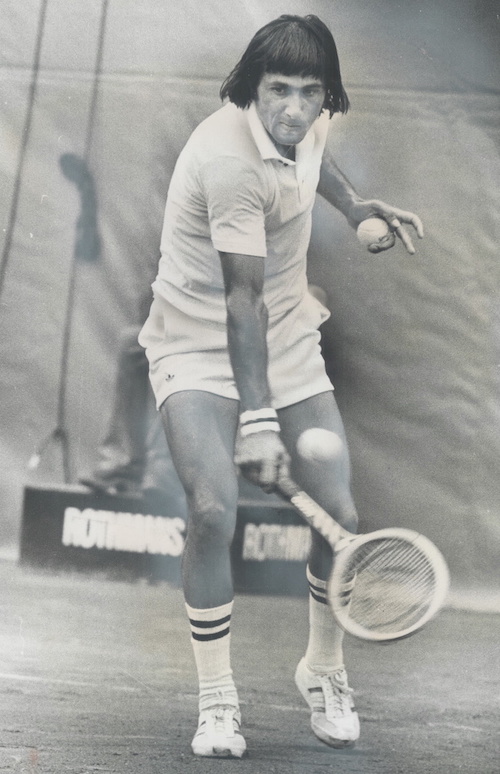
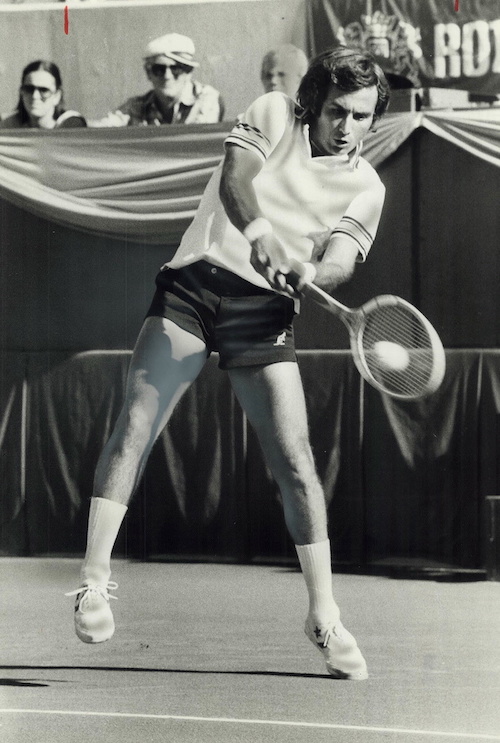
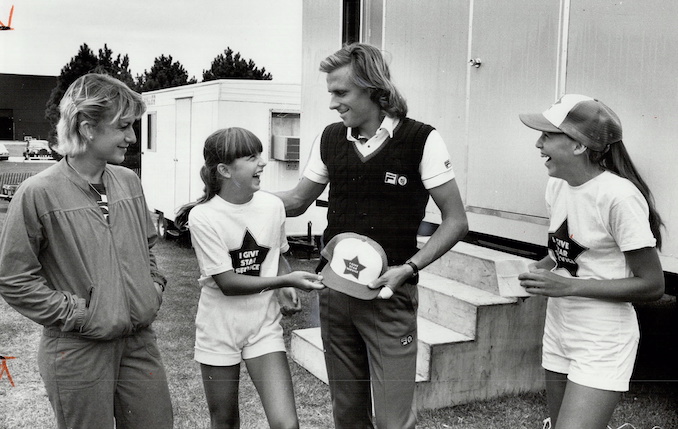
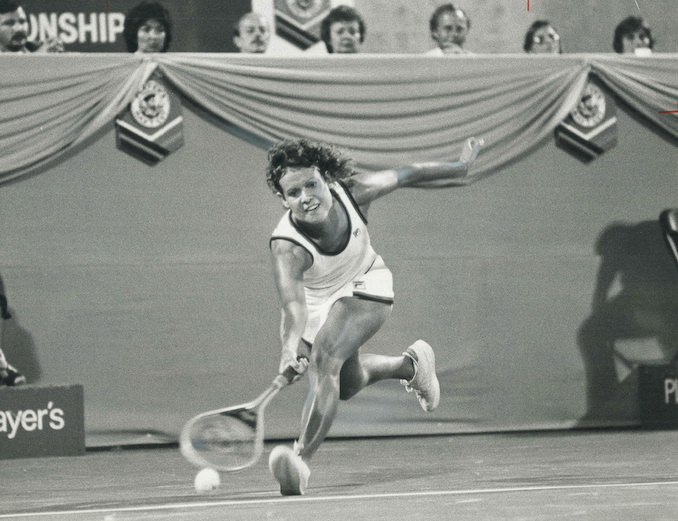
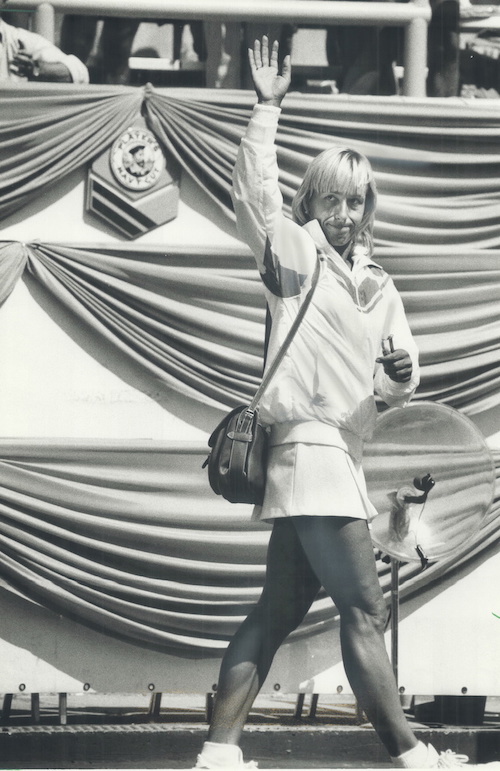
We took a look at vintage tennis photographs from around Toronto in a previous article.




